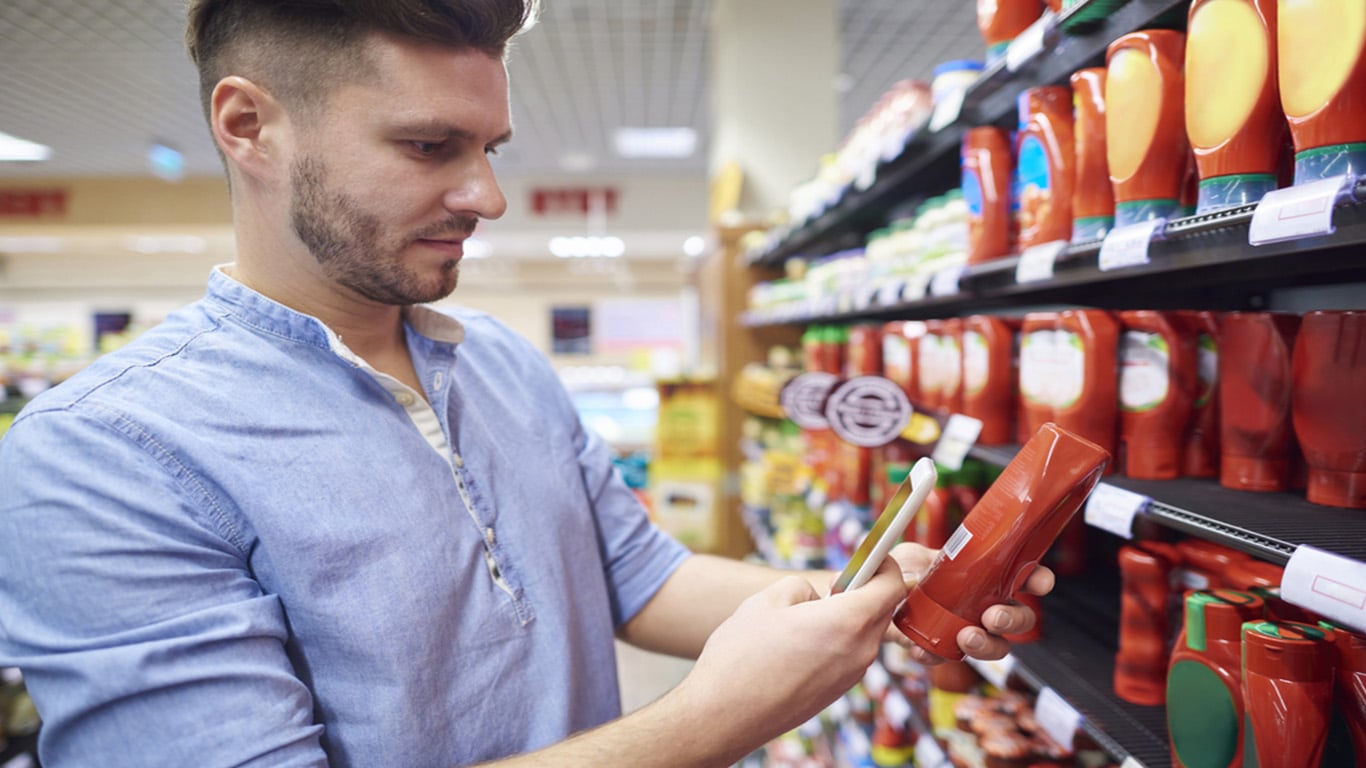Among the many aspects of the food and beverage (F&B) industry that manufacturers must consistently adapt to, one very important aspect concerns food regulations. As science and food knowledge evolves, so too do governmental laws that protect the health of consumers by ensuring that there are standards for food safety on a national level.
One way to maintain standards is through the use of package labels. While there is complex compliance legislation behind food regulations, all this information is packed into a concise, easy-to-read label fit for the shelf. Consumers can preview how safe or healthy their food is by taking a glance at nutrition facts, preparation instructions, etc.
Though these labels are usually displayed in attractive formats, F&B manufacturers often face challenges to create them. Below are some of the greater challenges of food label production.
Global regulations
In the EU, food standards are established by the European Food Safety Authority who assesses food risks and other external factors before passing safety mandates. Among general safety updates, the EFSA has enforced the “Big Seven” – the seven mandatory conditions . For all EU product labels, F&B manufacturers are obliged to list all data related to calories, fat, saturated fats, carbohydrates, sugar, protein, and salt. These nutritional values must be given in proportion to a product portion of 100 grams or 100 milliliters and must be clearly evident to consumers.
Free E-Book
Regulations, Speed-to-Market and Innovation: How to stay compliant and competetive in an ever-changing market place.
In the US, the FDA passes food regulations and labelling standards. Currently, they are working on a new blueprint for regulations and standards towards what they call a “New Era of Smarter Food Safety.” This blueprint addresses needs for greater traceability and transparency for food labels, among other things.

Countries like China, Brazil, Turkey, and South Africa (plus many more) all have strict measures for genetically engineered foods where companies must be very clear about the origins and makeup of the GMOs on their labels. In Japan, food safety is governed by a series of laws that range from sanitation, health promotion, plant protection, etc. that are the foundation for the information presented on package labels.
The list goes on and on – and every rule book must be paid close attention to.
Common risks seen across the world
While each country has some of their own notions of best safety practices, similar regulation challenges trend across every continent. Food policy and lawmakers must often consider these topics when coming up with regulations, and F&B manufacturers must apply them to their own products:
- Food or resource scarcity – that is when regions may find that there are limited supplies of a particular ingredient, so they must preserve these resources before they become widely available again
- Product recalls
- Energy regulations – which affect the production of food
- Dietary trends
- Climate change and other environmental factors
- Foodborne illnesses
- Nutritional calculation and transparency
- Price/market volatility
These traits are constantly evolving, so it is important to pay attention to them. This may be particularly difficult for international manufacturers whose products span across various countries at the same time.
Trust in the food label
Consumer confidence is a manufacturer’s most valuable asset. The best way for consumers to learn about food safety is by reading the label. The accurate end-to-end information that is provided on the label lists all important information related to nutritional values, ingredients, origin, and manufacturer.
As a result, labels have an important stake in food purchasing decisions. Consumers want to trust that their food manufacturers are honest with their production practices and all other components that go into what they are eating. Though keeping up with restrictions can be difficult, labels are sometimes the only way that manufacturers can convince consumers that they are buying the right, safe product.
Regulations are a roadmap
Compliance standards and regulations are a roadmap for consumer safety and ultimately, consumer satisfaction. Trusting a product lifecycle management software like SpecPage’s SpecPDM is a must in terms of being able to deliver quality, compliance-certified labels. A PLM system ensures that all the necessary data for compiling product labels is available and ready to be put on packages. With SpecPDM, F&B manufacturers have a better chance at keeping track of all these changing regulations by building labels within its reliable, and up-to-date system.
Learn more about SaaS PLM SpecPage.




